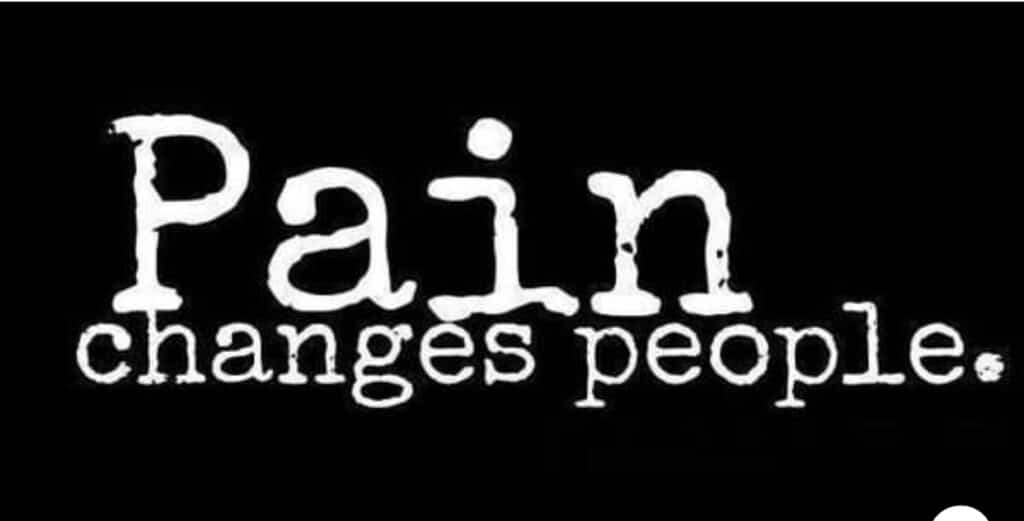Emotional pain can become an addiction. A negative feeling, such as anger, worry, grief, fear, or depression, can become so habitual that you cannot live without it.
There are physical as well as mental reasons for emotional pain addiction.
If a person is continuously stressed by emotional pain, there are subtle changes in the body that create a dependency on stress-related chemistry. Changing habitual patterns of pain can be as difficult as giving up an addictive substance, such as nicotine or alcohol. The emotional pain addict unconsciously seeks out situations that are sure to result in pain. A history of prolonged, negative, stressful relationships can be a symptom of emotional pain addiction.

The feelings of love and pain can become associated so that they become one and the same. Loving unavailable people and staying in intolerable relationships, for example, are signs that love and pain have become intertwined.
There are many such pain-linked feelings in the repertoire of pain addiction.
Understanding the physiological part of emotional pain addiction can make breaking these patterns easier. On a physical level, the addiction is not really to pain, but primarily to free-flowing endorphins that accompany the pain. Endorphins are a hormone-like substance that the body releases whenever a pain or injury is experienced. They are very similar in structure and effect to the opiates, like heroin and morphine. Endorphins are pain-killers produced in the pineal gland. When you stub your toe you feel a sharp pain, immediately followed by numbness, which accompanies the anaesthetising endorphins. The feeling of numbness associated with endorphin release is not unpleasant and, in fact, can be an almost euphoric sensation. People who exercise vigorously are familiar with this feeling. All strain on the body yields endorphins. Emotional stress, like physical stress, leads to strain. If the strain is constant, the body sends a continuous stream of endorphins, which results in a dull (and barely noticeable) anesthetic effect. When endorphin flooding is part of everyday life, the senses are actually deadened. Workaholics experience this, but just as in the toe-stubbing example, the feeling can be somewhat pleasant. With sustained endorphin release you can still feel emotions, but only if they are intense, such as anger, rage, sorrow and fear. These trigger further endorphin release, which can lead to further emotional numbing. And once you become used to living an endorphin-filled existence, it is hard to give it up.
With so much pain-killing substance running through your body, there is a sense of security that makes you feel safer in the world. It’s a shield inside the body that protects you from subtle feelings that are more difficult to block, like tenderness, vulnerability, and love. At Drain That Pain Newcastle I can use a new process called Drain That Pain, which can remove both physical and emotional pain. During the process the body can sometimes have trouble breaking the addiction to Endorphins and suffer what feels like set backs. It is often just the body grabbing onto old habits and resisting the change. This is why we book a series of sessions to assist you to push through the change and get the outcomes you desire.
For more info, or to let go of pain: click here.
